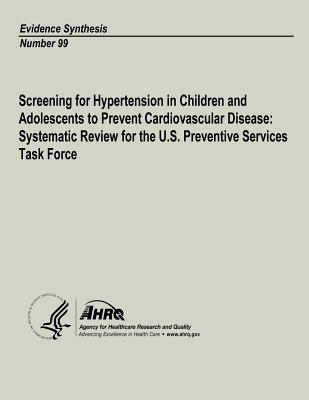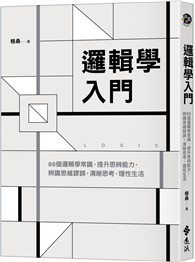The purpose of this systematic evidence review is for the U.S. Preventive Services Task Force (USPSTF) to update its recommendation on screening for high blood pressure in children and adolescents to prevent cardiovascular disease. In 2003, the USPSTF found poor evidence that routine blood pressure measurement accurately identifies children and adolescents at increased risk for cardiovascular disease, and poor evidence to determine whether treatment of elevated blood pressure in children or adolescents decreases the incidence of cardiovascular disease. As a result, the USPSTF could not determine the balance of benefits and harms of routine screening for high blood pressure in children and adolescents, which resulted in an I recommendation. Recent data from the National Health and Nutrition Examination Survey suggest that mean blood pressure levels are rising steadily in children, as is the prevalence of childhood hypertension. This may be due to the increase in the prevalence of obesity and overweight among children, which is highly correlated with high blood pressure. Screening of asymptomatic children has the potential to detect hypertension at earlier stages, so that interventions can be initiated which, if effective, could reduce the adverse health effects of childhood hypertension in both childhood and adulthood, including cardiovascular disease and end-organ damage. This report summarizes recent and older evidence on screening and diagnostic accuracy of screening tests for high blood pressure in children, the effectiveness and harms of treatment for screen-detected, primary childhood hypertension, and the tracking of hypertension from childhood to adulthood. Using the methods of the USPSTF and with the input of members of the USPSTF, we developed an analytic framework and key questions to guide our literature search and review. Key Questions include: 1. Is screening for hypertension in children/adolescents effective in delaying the onset of or reducing adverse health outcomes related to hypertension? 2. What is the diagnostic accuracy of screening tests for elevated blood pressure in children/adolescents? 3. What is the association between hypertension in children/adolescents and hypertension and other intermediate outcomes in adults? 4. What are the adverse effects of screening for hypertension in children/adolescents, including labeling and anxiety? 5. What is the effectiveness of drug, nondrug, and combination interventions for treating primary hypertension in children/adolescents? 6. What is the effectiveness of drug, nondrug, and combination interventions initiated for the treatment of primary hypertension in children/adolescents for reducing blood pressure and other intermediate outcomes in adults? 7. What is the effectiveness of drug, nondrug, and combination interventions initiated for the treatment of primary hypertension in children/adolescents for reducing adverse health outcomes in adults related to primary hypertension? 8. What are the adverse effects of drug, nondrug, and combination interventions for treating primary hypertension in children/adolescents?
| FindBook |
有 1 項符合
Screening for Hypertension in Children and Adolescents to Prevent Cardiovascular Disease: Systematic Review for the U.s. Prevent的圖書 |
 |
Screening for Hypertension in Children and Adolescents to Prevent Cardiovascular Disease: Systematic Review for the U.s. Prevent 作者:U. S. Department of Health and Human Services(COR)/ Agency for Healthcare Research and Quality (COR) 出版社:Createspace Independent Publishing Platform 出版日期:2013-04-17 語言:英文 規格:平裝 / 152頁 / 27.9 x 21.6 x 0.8 cm / 普通級 |
| 圖書館借閱 |
| 國家圖書館 | 全國圖書書目資訊網 | 國立公共資訊圖書館 | 電子書服務平台 | MetaCat 跨館整合查詢 |
| 臺北市立圖書館 | 新北市立圖書館 | 基隆市公共圖書館 | 桃園市立圖書館 | 新竹縣公共圖書館 |
| 苗栗縣立圖書館 | 臺中市立圖書館 | 彰化縣公共圖書館 | 南投縣文化局 | 雲林縣公共圖書館 |
| 嘉義縣圖書館 | 臺南市立圖書館 | 高雄市立圖書館 | 屏東縣公共圖書館 | 宜蘭縣公共圖書館 |
| 花蓮縣文化局 | 臺東縣文化處 |
|
|
圖書介紹 - 資料來源:博客來 評分:
圖書名稱:Screening for Hypertension in Children and Adolescents to Prevent Cardiovascular Disease: Systematic Review for the U.s. Prevent
|











